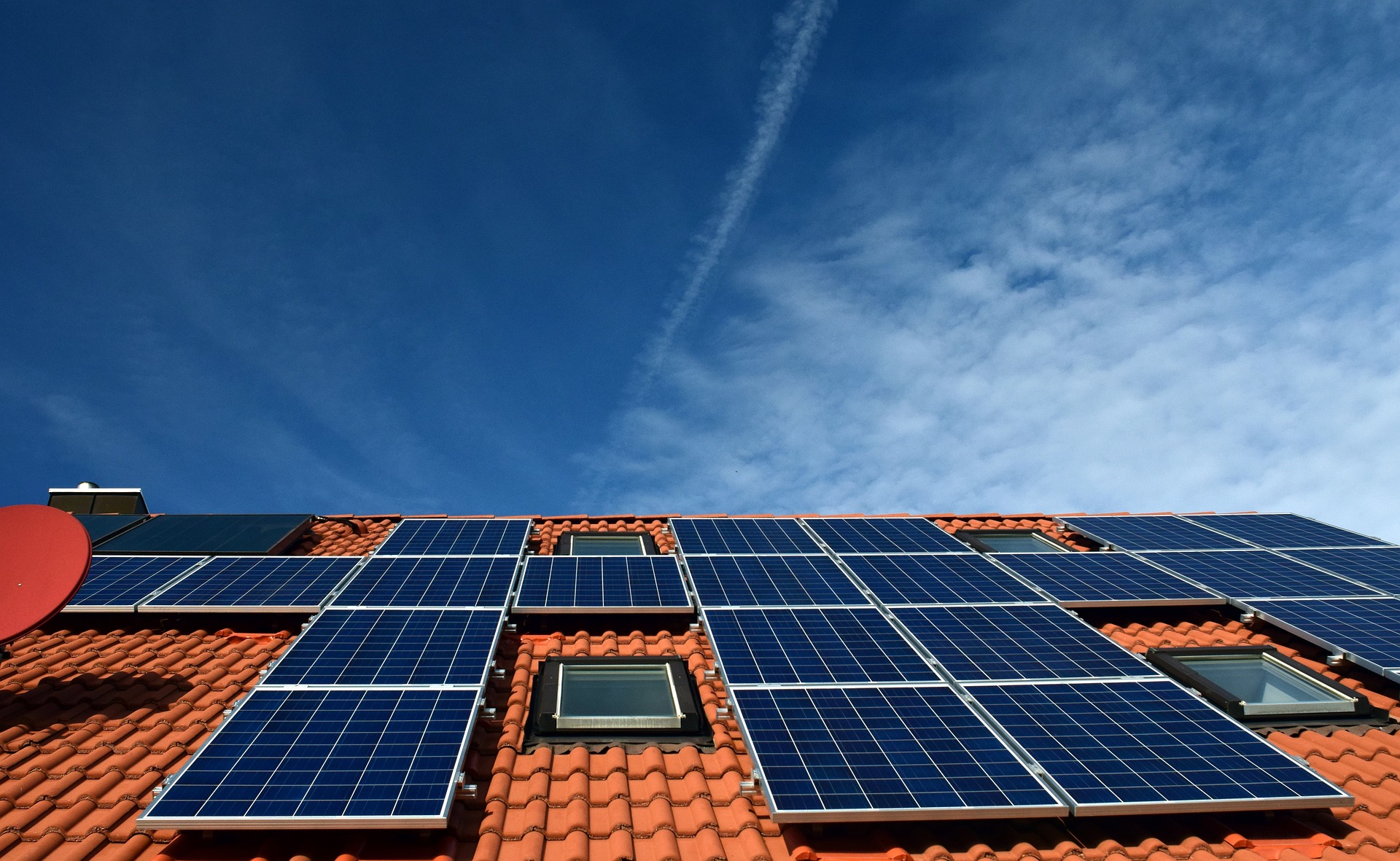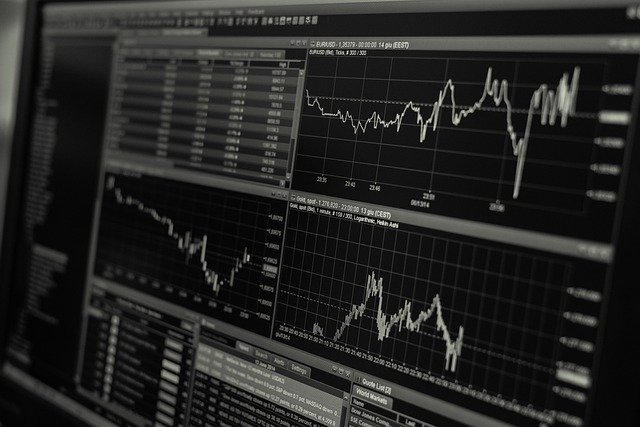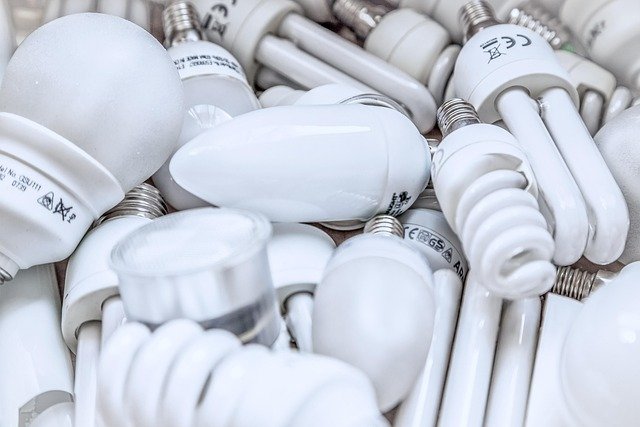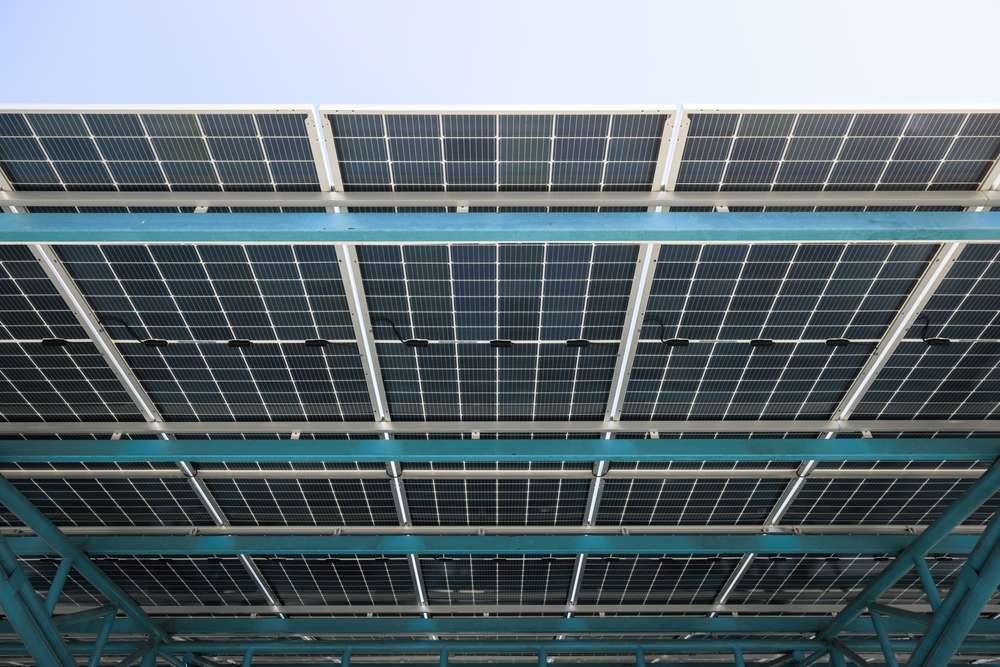Invest in solar panels for long-term savings and eco-friendly living
Solar power has emerged as a game-changing solution for both residential and commercial energy needs, offering a sustainable alternative to traditional electricity sources. As concerns about climate change and rising energy costs continue to grow, more people are turning to solar panels as a way to reduce their carbon footprint and save money in the long run. This article explores the benefits of investing in solar systems and panels, highlighting how this innovative technology can lead to significant cost savings and contribute to a greener future.

How do solar panels work to generate electricity?
Solar panels harness the power of sunlight to generate clean, renewable electricity. The process begins with photovoltaic (PV) cells, typically made from silicon, which absorb photons from sunlight. This absorption creates an electric field within the cells, causing electrons to flow and generate direct current (DC) electricity. An inverter then converts this DC electricity into alternating current (AC), which is the type of electricity used in homes and businesses. The converted AC electricity can be used immediately to power appliances and lighting, or it can be fed back into the grid for credits or storage in batteries for later use.
What are the financial benefits of switching to solar power?
One of the most compelling reasons to invest in solar panels is the potential for significant long-term savings on electricity costs. While the initial installation of a solar system requires an upfront investment, the ongoing savings on energy bills can quickly offset this expense. As electricity prices continue to rise in many areas, solar panel owners enjoy a level of insulation from these increasing costs. Additionally, many governments and local authorities offer incentives, tax credits, and rebates to encourage the adoption of solar technology, further reducing the overall cost of installation and increasing the return on investment.
How do solar panels contribute to environmental sustainability?
Solar energy is a clean, renewable resource that produces no direct greenhouse gas emissions during operation. By generating electricity from sunlight, solar panels help reduce reliance on fossil fuels, which are major contributors to air pollution and climate change. A typical residential solar panel system can significantly reduce a household’s carbon footprint, equivalent to planting hundreds of trees each year. Furthermore, the production of solar panels has become increasingly eco-friendly, with manufacturers focusing on reducing waste and improving the recyclability of components.
What advancements in solar technology are improving efficiency?
The field of solar technology is rapidly evolving, with new innovations constantly improving the efficiency and affordability of solar panels. Recent advancements include bifacial panels that can capture sunlight from both sides, increasing energy production by up to 30%. Perovskite solar cells, a newer technology, promise higher efficiency and lower production costs compared to traditional silicon cells. Smart inverters and energy management systems are also enhancing the integration of solar power with home automation and grid systems, optimizing energy usage and storage.
How can businesses benefit from adopting solar power solutions?
Businesses of all sizes are increasingly recognizing the advantages of incorporating solar power into their operations. By investing in solar panels, companies can significantly reduce their operational costs, particularly in energy-intensive industries. Solar installations also demonstrate a commitment to sustainability, which can enhance brand image and appeal to environmentally conscious consumers and investors. Many businesses are finding innovative ways to utilize their solar investments, such as incorporating solar canopies in parking lots or using solar facades on buildings, turning previously unused spaces into energy-generating assets.
What are the costs and options for solar panel installation?
The cost of solar panel installation can vary widely depending on factors such as system size, location, and specific equipment chosen. However, prices have decreased significantly in recent years, making solar more accessible to a broader range of consumers.
| System Size | Estimated Cost Range | Potential Annual Savings |
|---|---|---|
| 3 kW | $4,000 - $6,000 | $600 - $900 |
| 5 kW | $6,500 - $9,500 | $1,000 - $1,500 |
| 10 kW | $13,000 - $19,000 | $2,000 - $3,000 |
Prices, rates, or cost estimates mentioned in this article are based on the latest available information but may change over time. Independent research is advised before making financial decisions.
When considering solar panel installation, homeowners and businesses have several options. These include purchasing the system outright, leasing solar panels, or entering into a power purchase agreement (PPA) where a third party owns and maintains the system while the property owner buys the electricity produced at a reduced rate. Each option has its own set of advantages and considerations, and the best choice depends on individual circumstances, financial goals, and energy needs.
In conclusion, investing in solar panels offers a compelling opportunity for long-term savings and eco-friendly living. As technology continues to advance and costs decrease, solar power is becoming an increasingly attractive option for those looking to reduce their electricity bills and environmental impact. By harnessing the power of the sun, individuals and businesses can play a significant role in creating a more sustainable energy future while enjoying the financial benefits of reduced energy costs. As we move towards a cleaner, greener world, solar panels stand out as a practical and effective solution for powering our homes and businesses sustainably.




